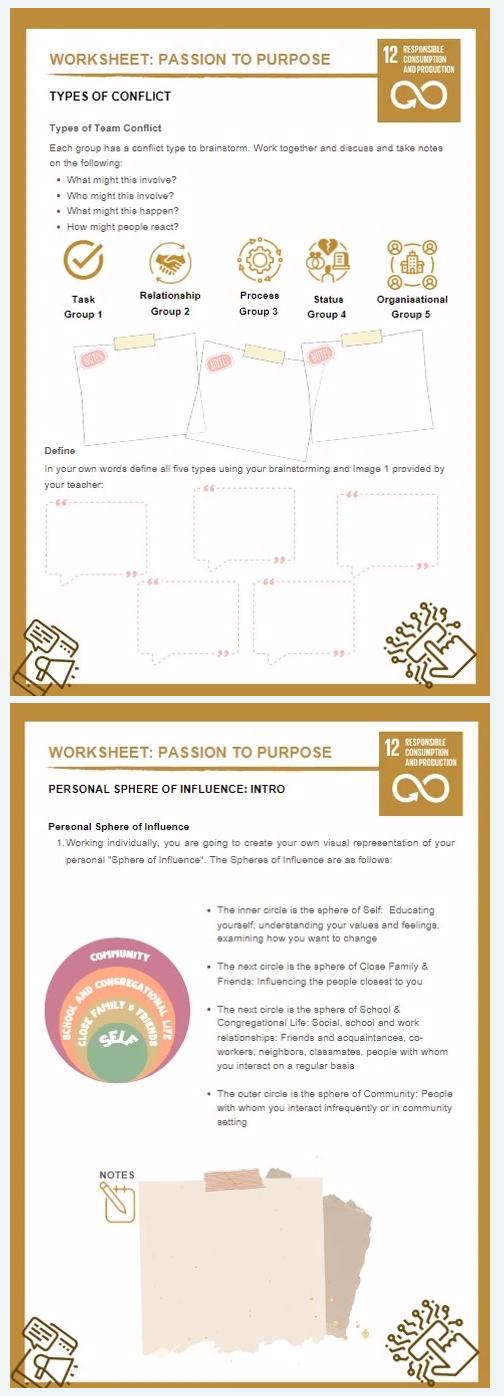The Skelligs Catalyst - with Living Iveragh @ The Iveragh Ballroom
- smartlabskelligs
- Jun 1, 2020
- 4 min read

In May 2020, The Skelligs Catalyst project, a collaboration with SMARTlab and Living Iveragh was awarded €200K as part of the Kerry County Council's successful RRDF bid to develop a CAT 1 submission for a Research Development and Innovation Centre of Excellence focused on place-based STEAM education and Creative Placemaking.
Our Vision: To develop a creative campus as a national centre of excellence including ‘immersive’ educational visitor centre that fosters 21st Century skills through sustainable place-based activities that include cultural activities, Inclusive Design Thinking and place-based STEAM education within community sustainable development and education contexts from 1st to 4th level including teacher training.
Our Ethos: The Skelligs Catalyst forefronts social, environmental and economic resilience through creative education, innovation and the development of ethical and equitable entrepreneurial skills, within creative, social and digital innovation.
The Skelligs CATALYST creative hub for Training, Education, Research and Community development is a two-strand approach that provides a through-route from education to community, underpinned by a systemic methodology, inclusive design process and pedagogical philosophy that is in line with Ireland, the European Union and global strategic policies, innovation agenda and corresponding legislation. In addition, the project incorporates an innovative business model through an educational visitor centre that utilises the centre’s research and mixed reality technology to reach larger audiences and position Cahersiveen and S. Kerry as a national learning and ‘edutainment’ destination
The project is a phased approach to integrating, locally-relevant research and innovation, emerging out of Imagining Iveragh, Nov 2015, and an iteration of the Muínin project, in Colaiste Na Sceilge June 2017, the CoDesRes research project and SMARTlab Skelligs, a local iteration of the 28 year-proven model of SMARTlab, with its main Irish base currently at UCD under the direction of Professor Lizbeth Goodman. Dr. McKeown has been working with Colaiste na Sceilge (since August 2017) and the communities of Cahersiveen and the Iveragh Peninsula since June 2017. Building on her pCr methodology in conjunction with SMARTlab’s long-standing research model she developed and began implementing the Environmental Protection Agency’s funded CoDesRes project in Jan. 2018 within SMARTlab Skelligs.
Based on CoDesRes’s findings, and Principal Investigator Dr Anita McKeown has developed an integrated plan for further development of the Skelligs CATALYST Hub. This programme in conjunction with SMARTlab Skelligs will bring world class creatives, researchers and technologists to lead high level seminars, training programmes, community capacity building and education. In addition, it will offer a centre of excellence for Ireland focused on place-based STEAM and sustainability pedagogy from first - fourth level.
The project has an agreement on a large building for 15 years at a peppercorn rent enabling the realistic establishment of the venture including building renovation and development of reserves to provide for the longer-term future of the Skelligs CATALYST project.
Project Rationale: Kerry economy dependent on Wholesale and Retail, Tourism and Agriculture. Of the 55,760 Kerry at work, approximately 25% work in the public sector 18, 14.9% work in wholesale and retail, 13.5% (estimated) work in tourism, and 10% work in agriculture. There is Greater dependency on tourism and agriculture in Kerry than the South West and the State. Manufacturing employment fell by 21% and construction fell by 59% and of the 5,910 active enterprises in Kerry 92% are micro- enterprises (employing less than 10 people) this is on par with the South West. The Covid-19 pandemic is predicted to cost Kerry €400m. In a 2020 study by consultants EY identified Kerry as the county with the highest proportion of its workforce in the tourism and hospitality sectors, at 18%.
A new study from the Central Bank Economists shows that Kerry has been the county hardest hit economically by the COVID-19 crisis as the county’s reliance on tourism and its lack of manufacturing industry left it uniquely vulnerable to the virus’ and lockdowns’ devastating impact on business.
Feb. 2019, identified that the jobs least at risk from AI are those in education, research and development, arts, media and culture-led sectors. (Spatial and Regional Economics Research Centre UCC, Crowley and Doran, 2019). Potential growth areas: advanced manufacturing (3D printing/additive manufacturing and rapid prototyping, aqua and agrictech, Internet of Things, sharing and SMART economies amongst others (NSS, 2025). Further, the EP 2025 recognises the untapped potential within the Creative Industries, ICT, Green Tech and Environmental Services, Marine, Maritime and Inter-coastal disciplines as well as educational services.
The quality of life is a major attraction for business and people. Therefore the environment must be protected for its economic as well as its social and environmental value and Munster's population has been steadily growing by 2.7% since 2011.
In 2016, the World Economic Forum at Davos discussed the 2030 Agenda for Sustainable Development, where it was internationally recognised that it can no longer be ‘business as usual’, given the projected 15 years to achieve the transformative change necessary for the well-being of human kind (Mueller, 2016). The complex and interconnected global challenges we face demand alternative strategies.
2016 Census - Although progression to third level in Kerry is high, the gap between the county and the state has widened. This indicates that people are leaving the county after college and not returning until later in life.
2015, The 2030 Agenda for Sustainable Development was launched by a UN Summit in New York envisages “a world of universal respect for human rights and human dignity, the rule of law, justice, equality and non-discrimination”.
2013, Commonly understood 65% of students would be employed in jobs that didn’t yet exist. However, with the advent of ubiquitous technology in reality 100% of jobs are no longer undertaken in the same way. This will increase and will create new opportunities











Commenti